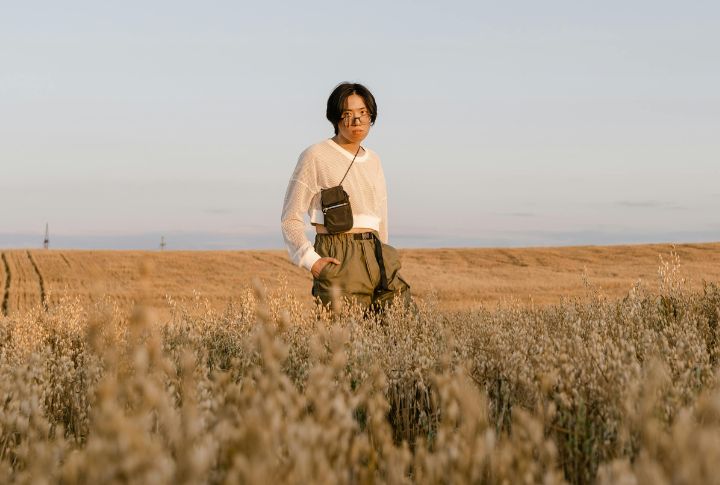
Somewhere between the stock charts and bond yields, we forgot about the earth beneath our feet. For generations, wealth meant tangible ownership—soil you could touch, land that stayed while everything else shifted. Yet in the digital age, the old wisdom of land ownership is quietly returning, dressed in a modern perspective.
It’s about recognizing stability in a world that constantly trades speed for security. Land doesn’t vanish in a market crash. It doesn’t declare bankruptcy. It just sits there—quiet, patient, and enduring. So, let’s see how this grounded asset continues to build wealth in ways the markets can’t.
The Simplicity Hidden In Plain Sight
The beauty of land is in its simplicity. Unlike a company’s balance sheet or a crypto wallet, land is finite. There’s only so much of it, and we’re not making any more. Similarly, the more people grow, the more demand for living space, agriculture, and development increases.
On that note, the entry points into land are more diverse than most imagine. It’s not all sprawling acres or remote farms. Some investors start with small rural parcels or plots on the outskirts of growing towns. Others focus on recreational land. Each piece tells a different story of value and use.
Why Land Feels Different
Owning land is a slower kind of wealth-building. There’s no ticker flashing updates. No daily anxiety about performance. Instead, it’s a lesson in patience. You hold it, nurture it, maybe improve it, and one day it returns more than you expected—sometimes financially, sometimes emotionally.
Over time, it becomes a mirror for long-term thinking. The act of ownership grounds people—literally and figuratively, as it forces you to see the world in seasons, not seconds. And in that sense, it’s one of the few assets that cultivates mindfulness alongside money.
The Shifting Landscape Of Modern Ownership
Another idea gaining momentum is how technology has made land more accessible. Platforms now allow fractional ownership, where investors can buy shares of farmland or development parcels much like they would shares of a company. The difference? These shares represent something real.
Similarly, satellite mapping, remote due diligence, and transparent online registries have reduced the risks that once kept individuals away. What used to require local expertise and insider connections can now be researched from a laptop. This quiet revolution has reintroduced land to a generation that thought wealth only lived in the digital market.
The Emotional Wealth Of Ownership
There’s also a more human side to it. Unlike numbers on a screen, land can be touched, walked, and shared. It becomes a tangible expression of progress and independence. It’s where families gather and where legacies quietly take root.
In an era obsessed with virtual success, owning something physical brings balance. It reconnects us with what’s real. That connection is deeply personal.
Bridging Past And Future
Land is as old as civilization itself, yet it feels new again. It bridges the gap between age-old tradition and innovation. It’s a reminder that wealth isn’t always about velocity—it’s about longevity. When you own land, you’re not chasing the market. You’re standing on it.
And that’s the quiet magic of it all. While others scroll through market trends, you can walk your investment at sunset and know that you own something that will outlast you.
A Return To The Grounded Kind Of Wealth
As the world races toward digital everything, there’s profound strength in assets that don’t flicker with Wi-Fi. Land is patient. It doesn’t crash with sentiment, and it doesn’t panic in a recession. It endures.
So the next time someone tells you to diversify beyond stocks and bonds, consider the earth itself. It’s the oldest form of wealth we know—and perhaps, the most dependable story we’ve yet to finish writing.
